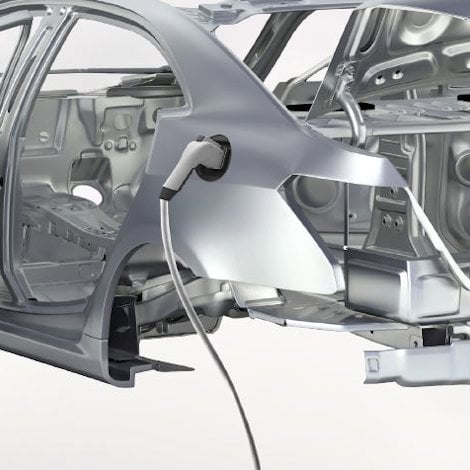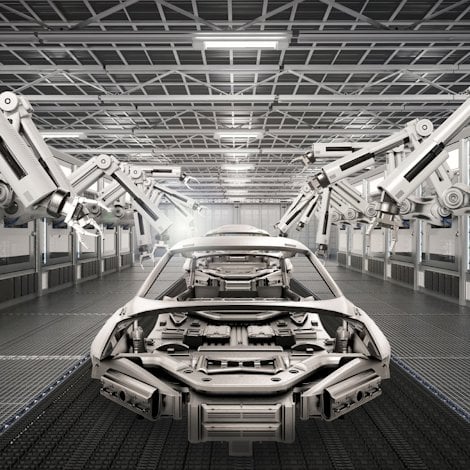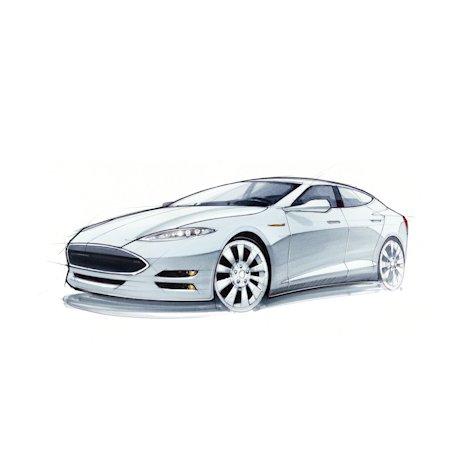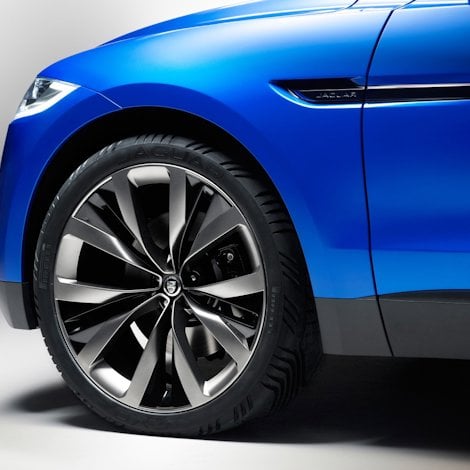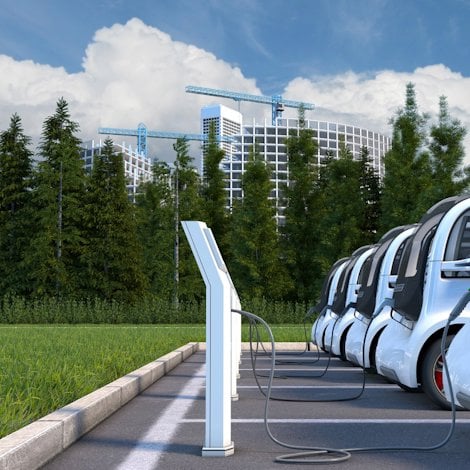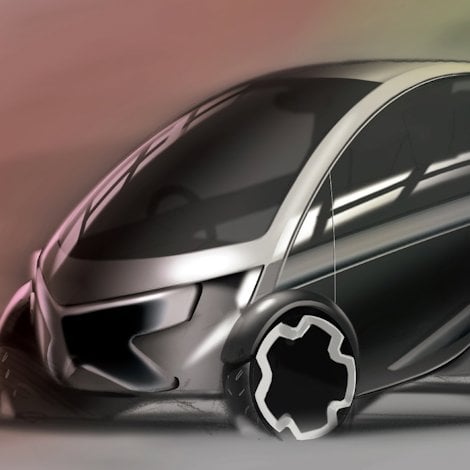How electrification is changing vehicle design
In general, our traditional fossil fuel-fed passenger vehicles are not getting lighter. Customers want larger vehicles with more technology in their cars, such as infotainment systems and driver assistance features. That all adds weight that needs to be offset in some way.
Here in the United States, OEMs are trying to meet the mileage and emissions standards for their vehicle fleets, which are getting more stringent over time. Most of the cars they manufacture are internal combustion engine (ICE) vehicles. They are relatively big, too, because U.S. customers prefer larger vehicles – crossover utility vehicles (CUVs) or even bigger.
Larger vehicles require more mass in the body-in-white structure – the bones of the vehicle – and in their crash management systems, such as front/rear bumper systems, and side impact beams. Combine that with the added weight of creature comforts, and you start to realize that these vehicles have a significant weight problem.
Electrification a significant challenge
In light of this, large ICE vehicles will struggle to meet the standards moving forward unless OEMs take drastic steps toward lightweighting – or change their powertrain strategy entirely. Yes, there are minor efficiency gains from technology improvements of traditional powertrains, but that’s not enough. That’s why the auto industry in general is moving toward electrification to satisfy these stringent emission standards.
The transition to electric is a significant challenge for some OEMs. It represents a huge change to the way they approach vehicle design – specifically the powertrain, but also the structure and safety of the vehicle with the integration of a battery pack and high voltage electrical components. Taking it one step further is the evolution of driver assist technology toward full autonomy and the need for sophisticated software integration, that doesn’t exist in many of the traditional vehicles today.
New applications beyond BIW components
The shift to electrification is bringing many new applications beyond the traditional body-in-white (BIW) components. For instance, we are seeing increased demand for electrical conductors made from aluminium – battery cables, electric motor busbars, etc. – on board the vehicle to take the place of copper. High conductivity alloy grades combined with intelligent product design, results in lighter and less expensive solutions with the same electrical performance as copper.
In addition, there are many applications specific to the battery pack – enclosures (extrusions and aluminium sheet), internal structures (extrusions), battery cooling (extrusions and sheet), cell connector plates (sheet), and more.
And then you have the infrastructure side in the form of charging stations and stationary storage that include both structural and electrical aluminium solutions.
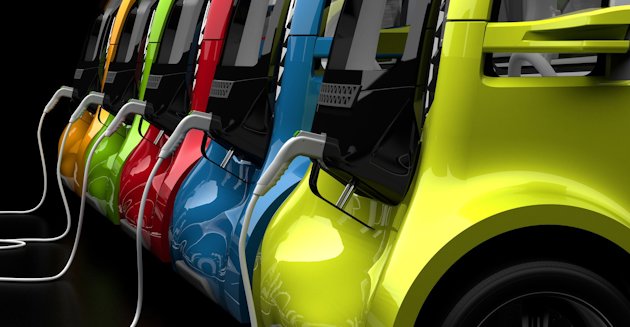
Mixed-material architecture provides value in terms of performance, weight and cost
The industry has taken big steps over the past 20-25 years with aluminium lightweighting, but I feel that, in large part, most of the low-hanging fruit that can be done at a component level has been done. And the focus has turned toward mixed-material solutions at a system level.
Today, much of the industry is focused on matching the right material with the right application or component. This leads to a mixed-material architecture and can provide value in terms of optimization for performance, weight and cost. And in general, I think many OEMs can implement such a strategy, a mixed-material, lightweighting strategy. It’s just a matter of how aggressive they are with implementation and their openness to work with their material suppliers.
Matching aluminium with the right application
A good example of matching the right material with the right application is the use of aluminium extrusions for side/front/rear crash protection in the form of side sills, front/rear bumper beams, and frame rails. The length requirement for these components, in combination with high ductility and the ability to place material where it’s needed, allows for optimization of energy absorption, weight, and cost specific to a given vehicle platform. And optimization down to the component level provides for outstanding safety performance at a vehicle level – as exemplified by the safety ratings of current battery electric vehicles on the market.
OEMs need the expertise of innovative partners to achieve a mix material strategy and progress their vehicles forward. They recognize that aluminium will play a big part of their vehicle architecture for the foreseeable future until something with equivalent mechanical properties and lower weight comes along.
And given their larger challenges with the transition to long range battery electric vehicles and eventual autonomy, I only see this relationship strengthening over time.



